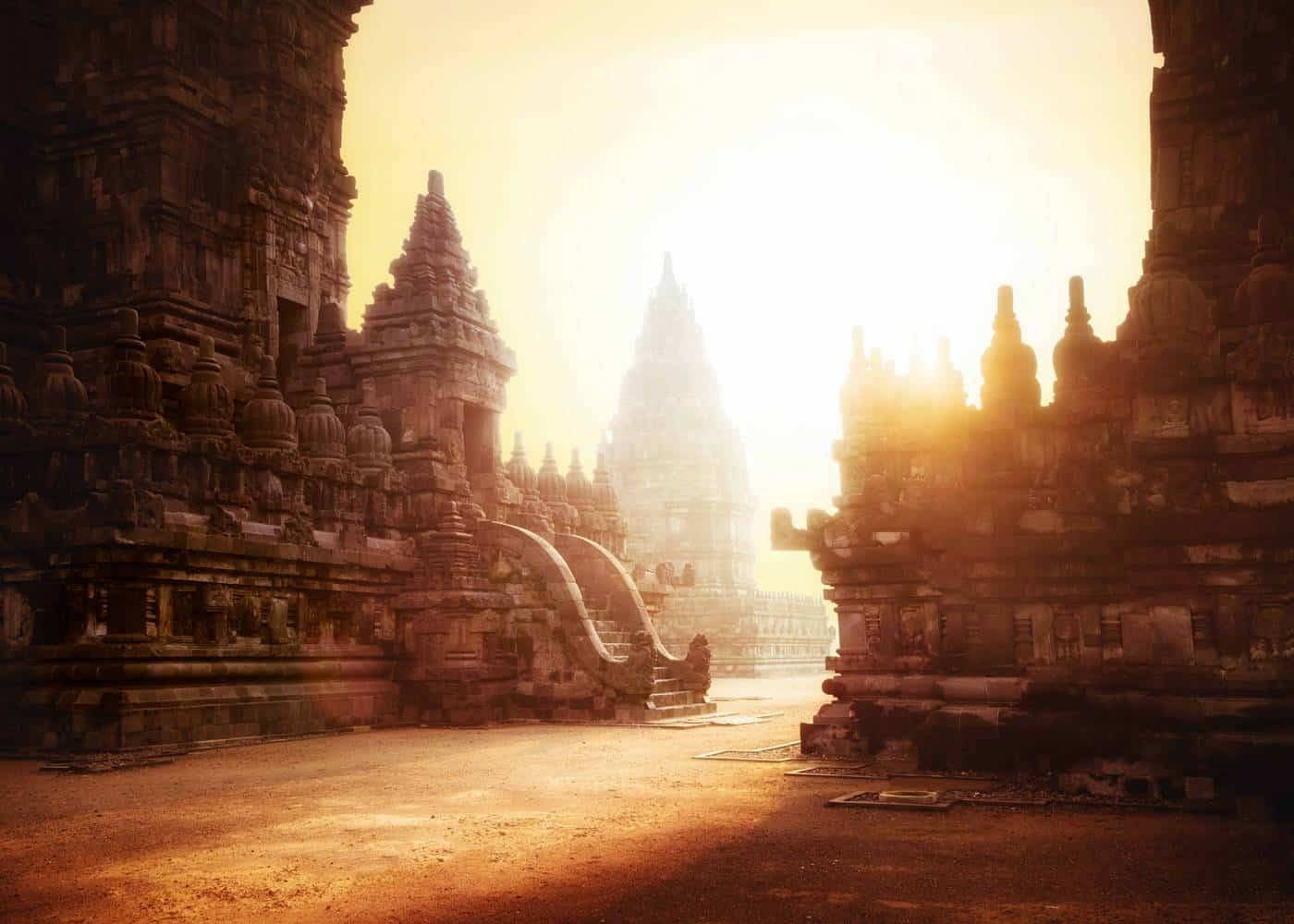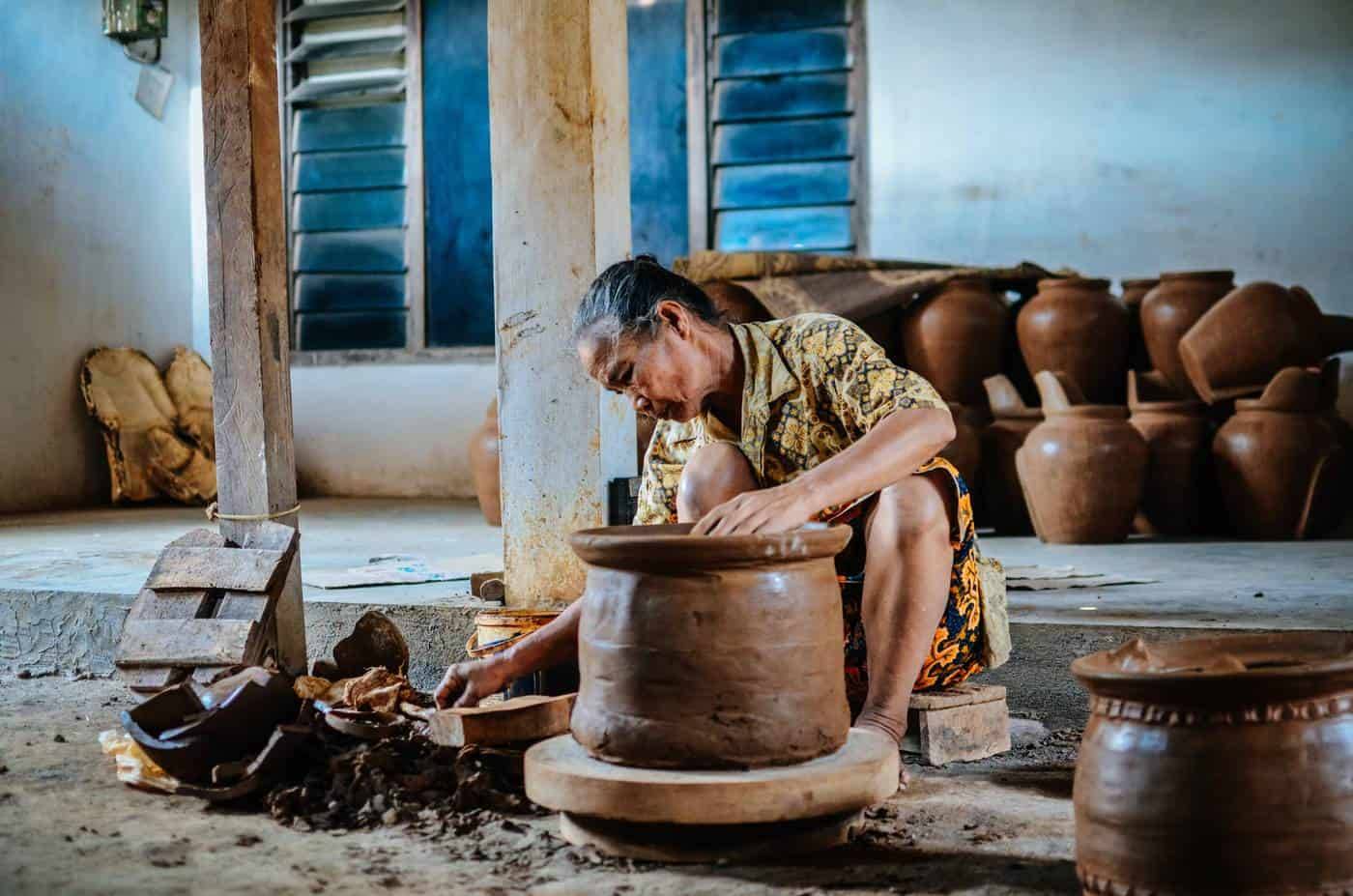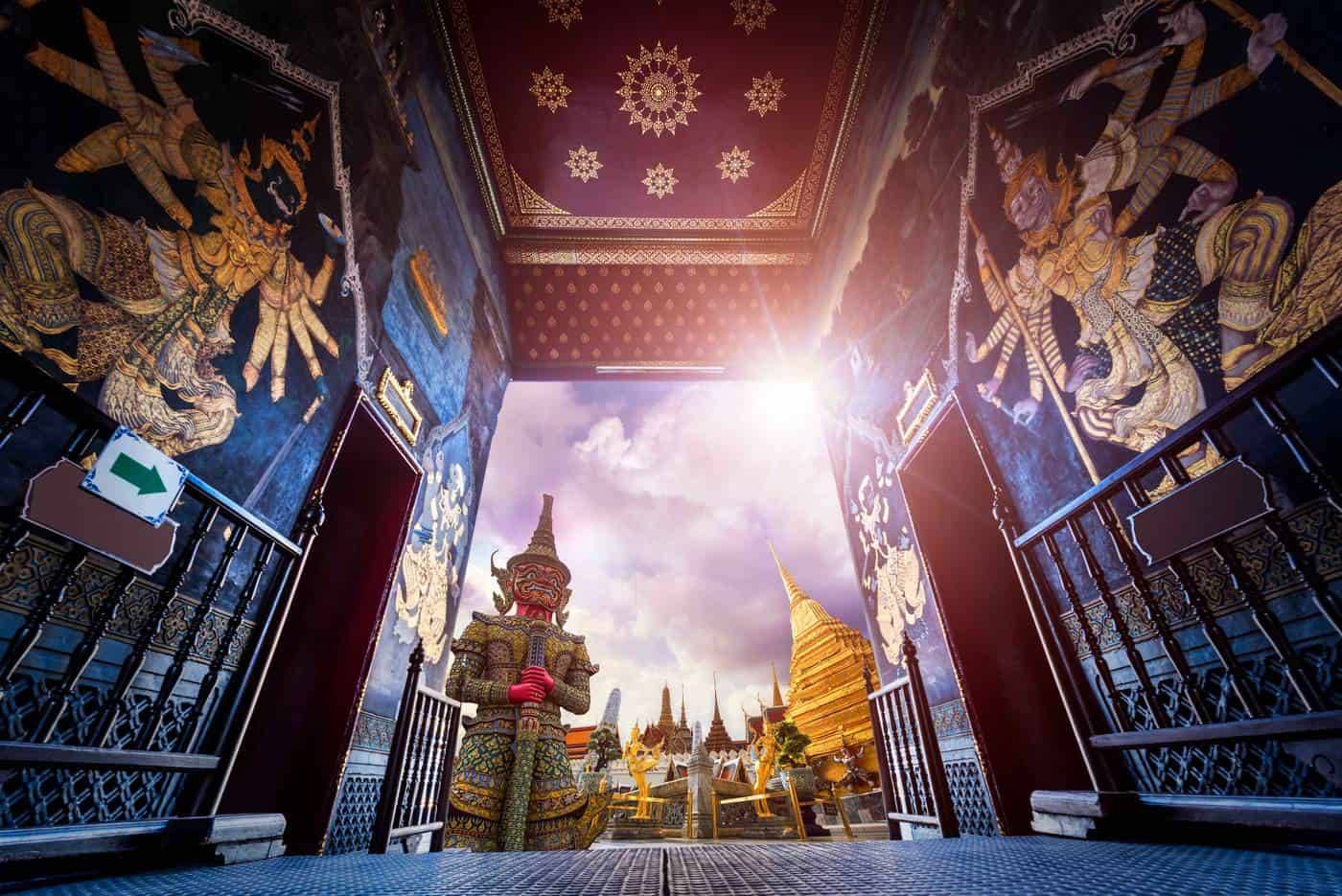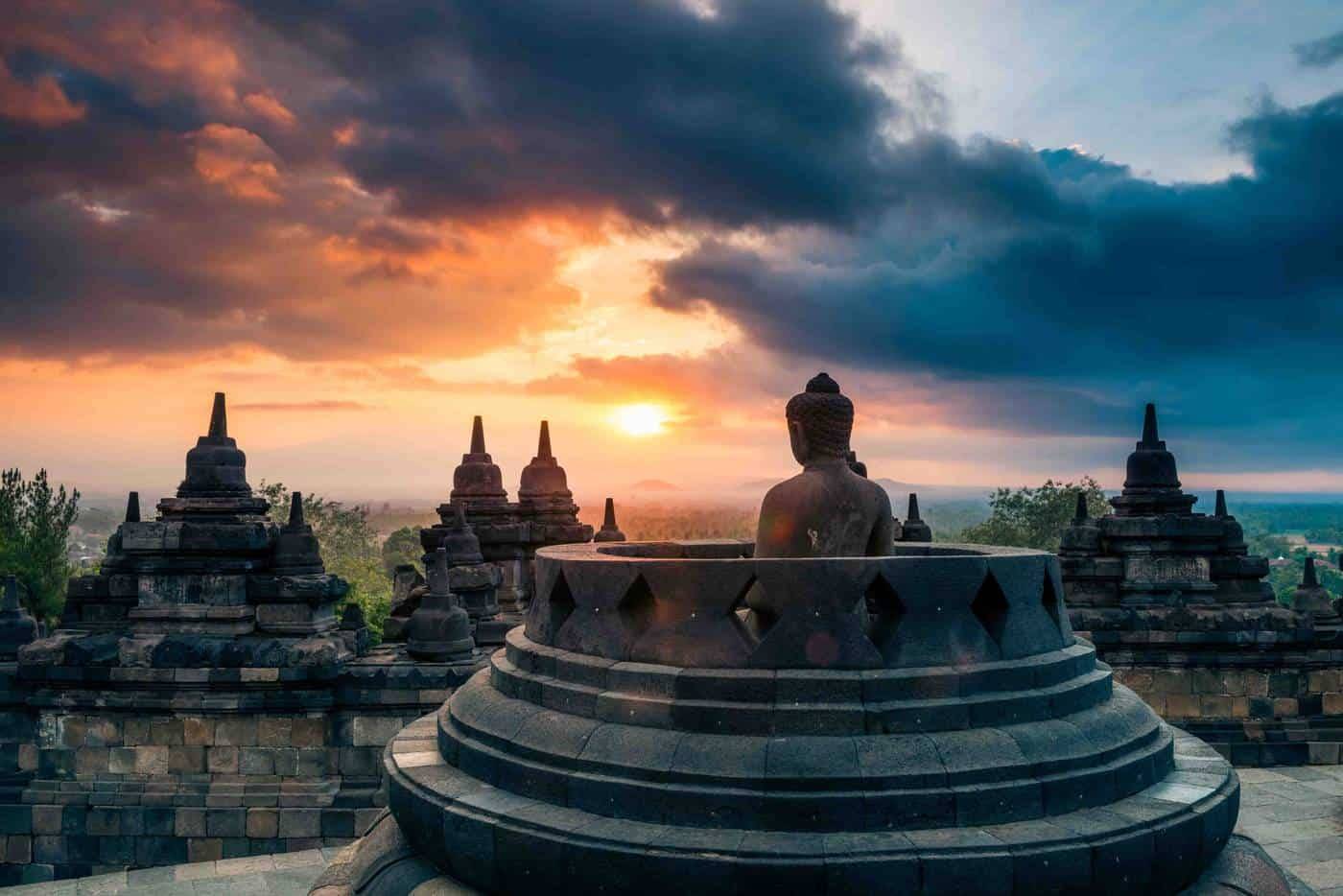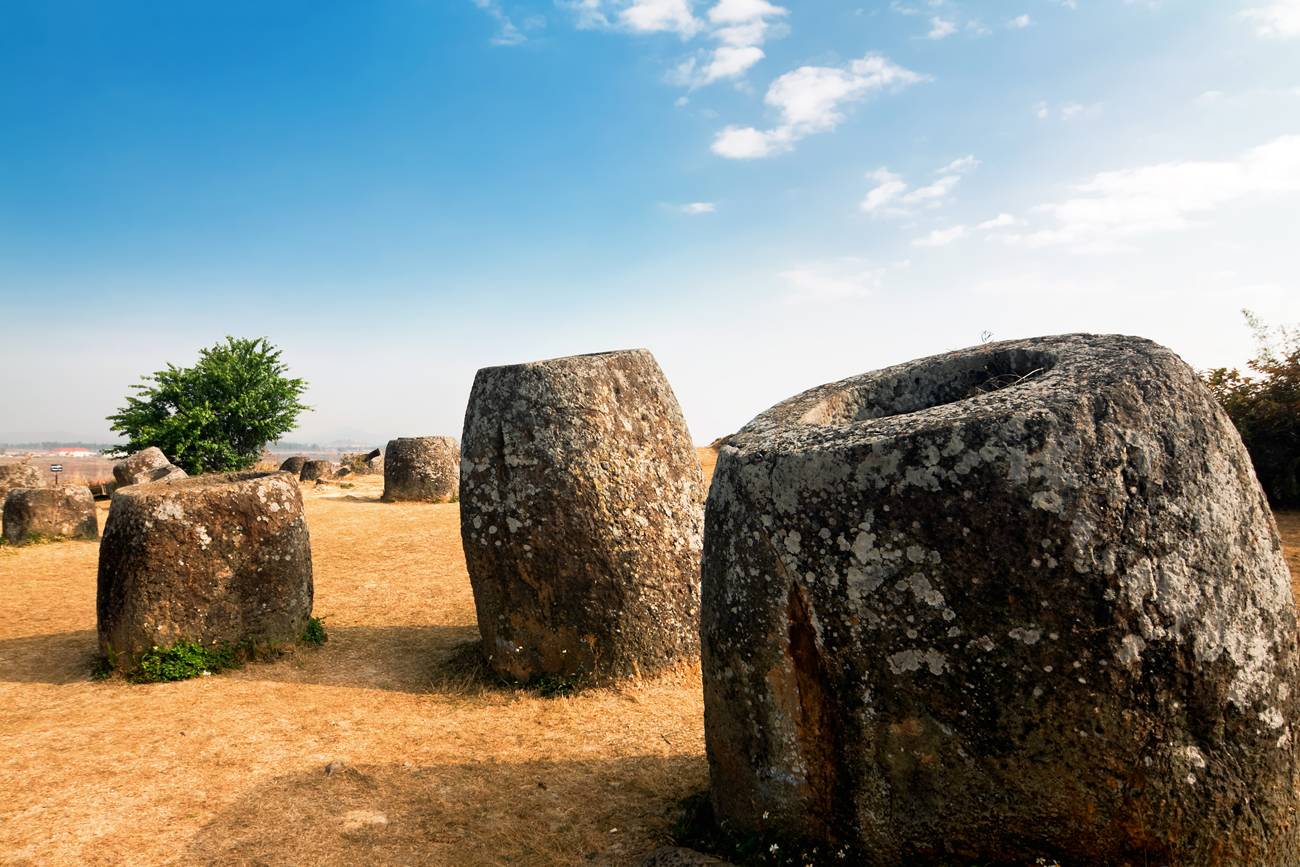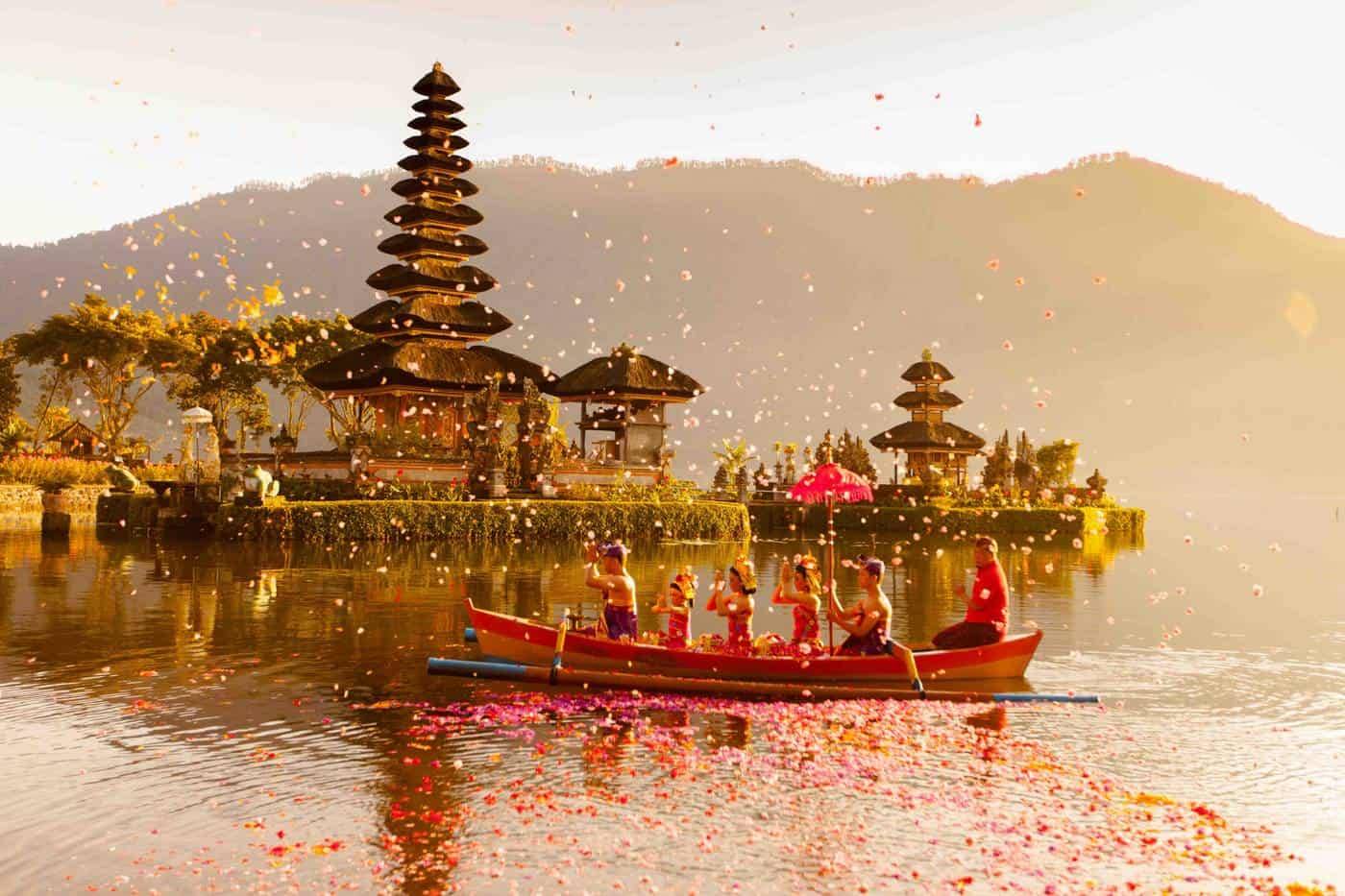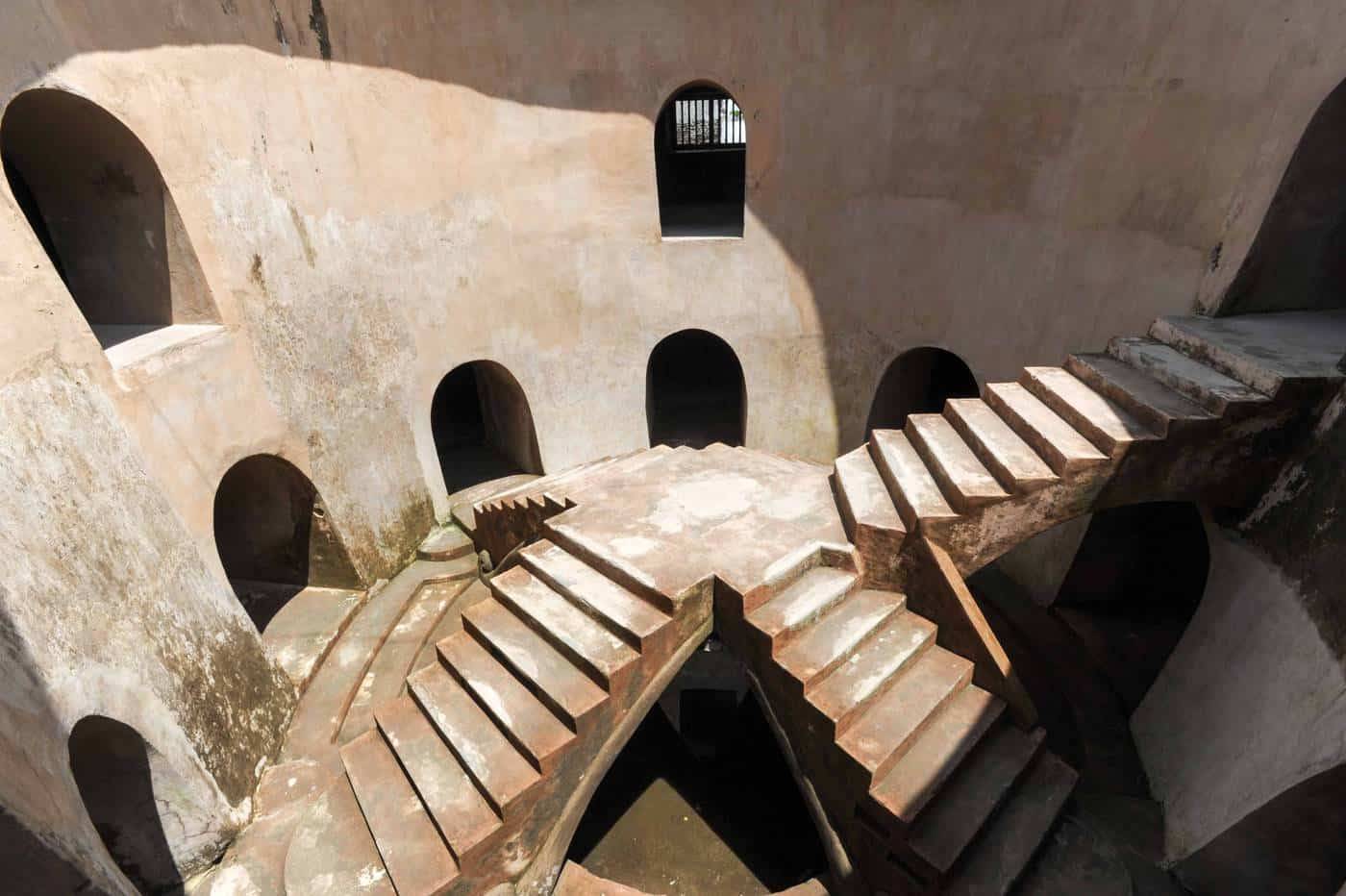
15 HOTTEST ATTRACTIONS IN YOGYAKARTA
Once part of the ancient Mataram Sultanate, its environs are home to many important monuments and temples, scattered across the province. Perhaps the most glorious, standing at the heart of the ‘Yogya`s’ quaint old city – the Kraton – itself concealed behind the castellated walls.
The architecture here is superb, that is for sure, but there is so much more to encounter: the world`s famous batik, exquisite silverwork, leather puppets and wooden masks, Javanese Ramayana ballet, the night shadow-puppet show ‘wayang kulit’ and top Indonesian artist Affandi can be admired, exclusively here in Yogyakarta.
MATARAM KINGDOM
The Kingdom of Mataram was a Javanese realm between the 8th and 10th centuries which united the Hindu and Buddhist cultures. The empire was mainly associated with rice farming, maritime trade and highly developed civilisation.
The Mataram Kingdom saw the blossoming of classical Javanese art and architecture, rapidly growing temples and opulent palaces across Central Java.
Although it was gradually transformed into the Mataram Sultanate, Islamic religion has never been adopted in Mataram, and the original culture kept growing until the Dutch colonised Indonesia in the 18th century.
1755 the Kingdom collapsed, splitting its territory into two independent provinces; Yogyakarta and Surakarta (Solo). Still today, both cities are still considered as the historical and cultural epicentres of Java.
YOGYAKARTA`S MAJOR LANDMARKS
The most significant building of Yogyakarta is Ngayogyakarta Hadinigrat Palace, known as Kraton (the Sultan`s Palace), and it is an elegant building partly open to the public. The walled city has changed little in the last two hundred years, and the visitors can enjoy its original architecture at its best; Mesjid Agung Mosque, Sono Budoyo Museum (fine arts), Museum Kareta Kraton, Alun Alun (sultan’s ground) or Taman Sari (the royal water park and gardens).
DID YOU KNOW?
In the Kraton`s southern square, there are two similar banyan trees, which are said to bring great fortune if you walk through them without mishap while blindfolded.
The Gebang Temple, to the north-east, was rediscovered after a statue of Ganesha was uncovered in 1936. Built at about the same time as the nearby Borobudur in the 8th century, the ruins of the roof, part of the body and much of the base appeared intact upon further archaeological research. This unadorned square building measures roughly 5.25 m across and 7.75 m high.
The Mendut Temple, 3 km east of Borobudur was built in 824 AD by King Indera of the Cailendra dynasty. Inside the square terraced temple decorated by stupas, are three large, colourful statues. Each year, on Waisak Day – May full moon – pilgrims come to this ceremony from around Indonesia and the rest of the world.
Ratu Boko is another striking archaeological site, whose origins are still unclear; with Hindu and Buddhist artefacts it might have been a monastery, a worship place or a palace, but these are just assumptions. What is sure, however, the temple is glorious.
The Prambanan Temple, which is known locally as the Loro Johggrang Temple of Slender Virgin, is the largest Hindu temple in Indonesia and one of the most impressive. Built in the 9th century, the main shrines of are dedicated to Shiva, Brahma and Vishnu.
15 HOTTEST ATTRACTIONS IN YOGYAKARTA
1.Kraton Complex (self-guided tour through the Old Town) – pay a visit to Ngayogyakarta Hadinigrat Palace, Mesjid Agung Mosque, Masjid Gede Kauman Mosque, Taman Sari Water Palace and Tugu Monument
2.Yogyakarta Ancient Temples (Candi) – Mendut Temple, Gebang Temple, Prambanan Temple, Plaosan Temple, Sambisari Temple, Kalasan Temple, Sari Temple, Ratu Boko temple
3.Yogyakarta Museums – Affandi Museum (a quirky workshop of the Indonesian most famous artist), Sono Budoyo Museum of fine arts, Royal Museum Kareta Kraton, Museum Batik, Dirgantara Aircraft Museum, Museum Kekayon (wayang puppets)
4.Janan Malioboro – originally, a ceremonial boulevard and today a popular marketplace and shopping area (2 km long stretch of road is fringed with batik shops, art galleries, street food and becaks)
5.Pasar Ngasem – the controversial animal and bird market
6.Pasar Beringharjo – the largest batik market complex
7.Fort Benteng Vredeburg – important colonial landmark built to the Dutch glory
8.Kota Gede – a gorgeous historic site, the former capital of Islamic culture, famous for silver crafting
9.Purawisata Amusement Park – go and watch the Javanese Ramayana Ballet
10.Wayang Kulit (shadow puppet theatre) – visit the night shadow-puppet show ‘wayang kulit’ at the Sono Budoyo Museum
11.Kota Baru – the old Dutch residential area with colonial-era buildings
12.Gerebeg Festival – Java`s most colourful festival (end of Jan & Apr or beginning of Nov)
13. Javanese cuisine – the best way is to grab a meal or a snack at one of the street-stalls – ‘gudeg’ is Yogya`s signature dish (jackfruit, chicken and egg curry)
14. A ride on ‘becak’ trishaw or ‘andong horse cart – take a tour around the town on the favourite local transport, it`s fun!
15. Markets – Yogya is a fantastic place for buying local artwork and handicraft, e.g. Imogiri village of pottery, batik, sarongs, textiles, silverwork, puppets, wooden mask etc.
RAMAYANA BALLET
Yogyakarta is a gateway to the Indonesian most important archaeological sites – Borobudur & Prambanan. Day tours can be booked at any guesthouse or travel agency in Yogyakarta. Don`t skip the Ramayana Ballet at Prambanan – an absolutely mesmerising experience!
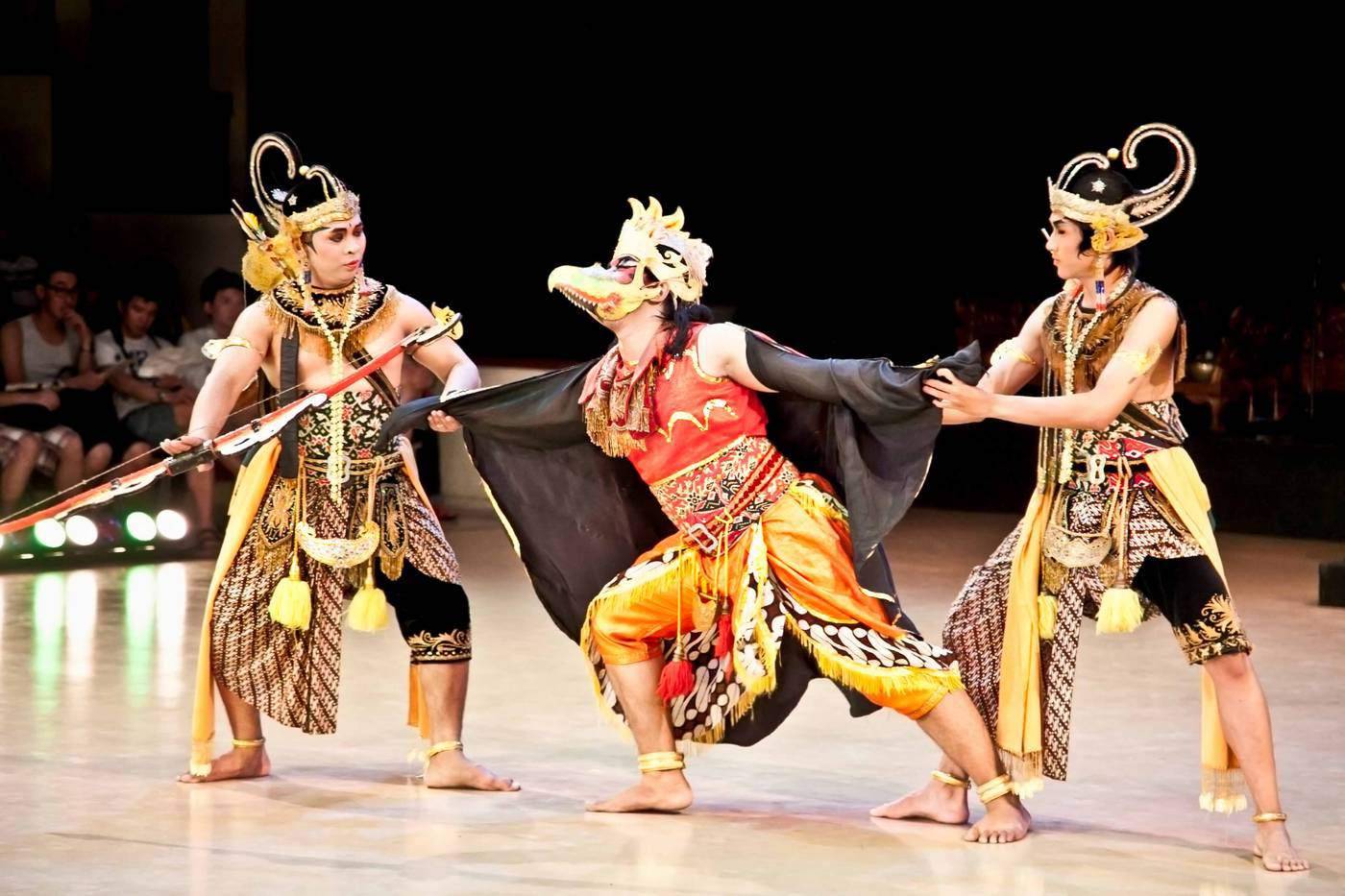
Ramayana Ballet Ramayana Ballet is the highlight of Javanese arts, performances are regularly held at the Prambanan Temple
TRAVEL TIPS
To get around the city use because – the Indonesian cycle rikshaw but those who like to explore greater Yogyakarta will need to hire a scooter. Also, andong (horse cart) is a popular means of transport
The Kraton Complex is huge and busy; it is quite difficult to navigate by foot – you will need some comfortable shoes and a good map to enjoy the self-guided tour around the ancient walled city.
Sadly, tourism has its flip side, and Yogyakarta is ill-famed for pickpocketing, bike bandits, bag snatchers and batik scammers. Be aware of these at all times!
WHEN TO TRAVEL
The dry season generally goes from June till September which is also the peak season – temples get extremely crowded.
Between December and February, it rains abundantly and the chances of taking a good photograph decrease – however, it is more enjoyable to walk around as there will be not as many visitors.
Perhaps the middle season (Oct-Nov, March-May could be a good option, excluding weekends and the Indonesian public holidays when the locals often travel)
HOW TO GET THERE
Fly to Yogyakarta (via Jakarta/Java or Denpasar/Bali).
For all international flights visit www.momondo.com or www.skyscanner.com
For all domestic Indonesian flights check out www.garuda-indonesia.com






